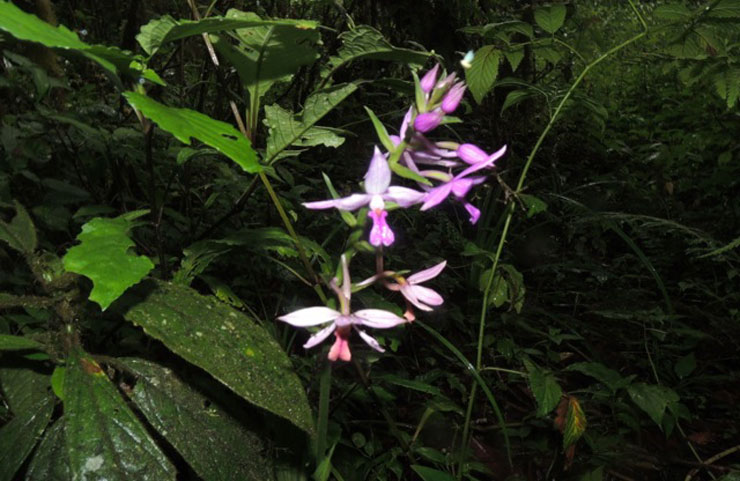What are the plant species found in Nyungwe Forest National Park, the park is nestled in the southwestern part of Rwanda, is a biodiversity hotspot that harbors a rich tapestry of plant species, contributing to the park’s status as one of Africa’s oldest and most well-preserved rainforests. Spanning over 1,000 square kilometers, Nyungwe is a haven for nature enthusiasts and researchers alike, offering a diverse range of flora that captures the essence of the Central African highlands.
At the heart of Nyungwe’s botanical wonders are its towering trees, some reaching heights of over 40 meters. The park is home to a plethora of tree species, including but not limited to the East African pencil cedar (Juniperus procera), the African redwood (Hagenia abyssinica), and the mahogany-like tree known as Podocarpus latifolius. These majestic trees create a dense and verdant canopy that shelters the myriad of life beneath.
In the understory of Nyungwe, a variety of shrubs and smaller plants thrive. One notable presence is the Albertine Rift endemic species, Newtonia buchananii. This striking shrub with glossy green leaves and vibrant flowers is a testament to Nyungwe’s unique position as part of the Albertine Rift, a region renowned for its high levels of endemism. The forest floor is further adorned by ferns, mosses, and delicate orchids, adding a touch of elegance to the lush surroundings.
Nyungwe’s network of crystal-clear streams and rivers is lined with an array of aquatic plants, contributing to the park’s overall ecological diversity. These waterways are often adorned with the vibrant green foliage of Cyperus papyrus, a species of sedge that forms dense stands along the banks. The papyrus provides habitat and breeding grounds for various aquatic species, emphasizing the interconnectedness of Nyungwe’s ecosystems.
Furthermore, Nyungwe is a treasure trove for botanists interested in medicinal plants. The park is home to numerous plant species with traditional uses by local communities for treating ailments. One such example is Prunus Africana, known for its bark’s medicinal properties. The bark is traditionally used to make a concoction believed to alleviate various health issues, and its sustainable harvesting is carefully managed to ensure the continued health of the population.
Nyungwe’s high elevation, ranging from 1,600 to 2,950 meters above sea level, contributes to the formation of unique habitats, each fostering distinct plant communities. As one ascends through the park’s diverse elevational gradients, the vegetation changes, revealing the adaptability of plant life to different environmental conditions. This elevational diversity is a hallmark of Nyungwe’s ecological complexity.
Other plant species found in Nyungwe Forest National Park.
Nyungwe’s montane bamboo zones are particularly noteworthy. Comprising species like Yushania alpina and Arundinaria alpina, these bamboo thickets create a surreal landscape, their slender stems swaying in the breeze. This habitat is not only visually captivating but also serves as a critical resource for various wildlife species, including the endangered mountain gorillas that call Nyungwe home.
In conclusion, Nyungwe Forest National Park stands as a testament to the extraordinary biodiversity that Africa has to offer. Its diverse array of plant species, from towering trees to delicate orchids, showcases the resilience and adaptability of life in this pristine rainforest. Nyungwe is not merely a collection of plants; it is a living, breathing testament to the intricate dance of nature, where each species plays a vital role in maintaining the delicate balance of this ecological masterpiece.

